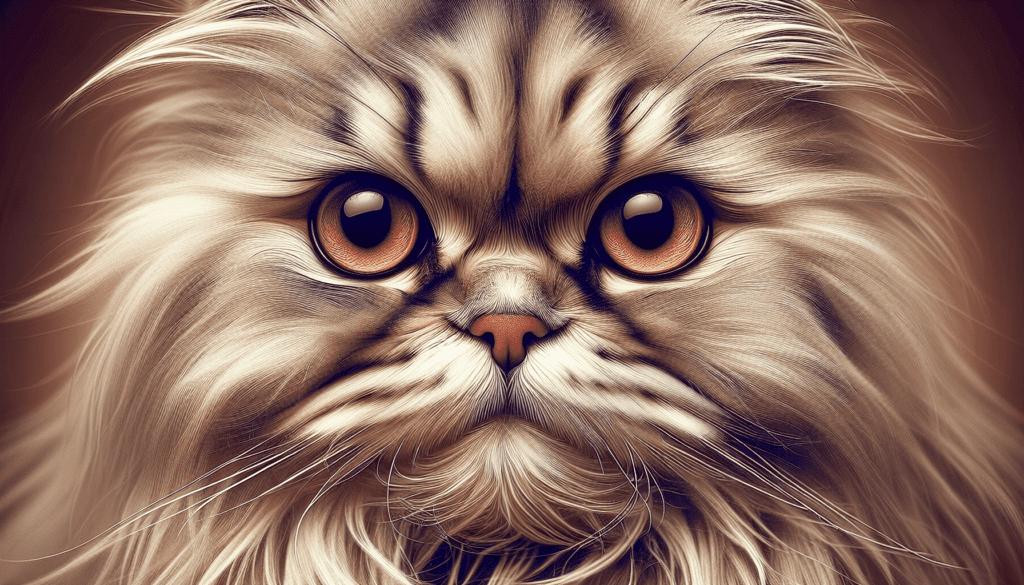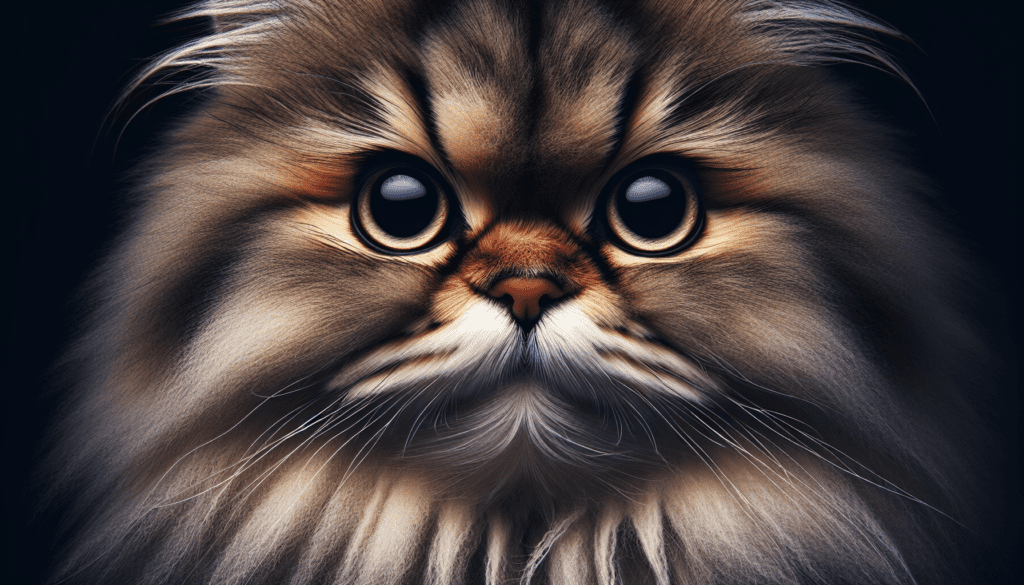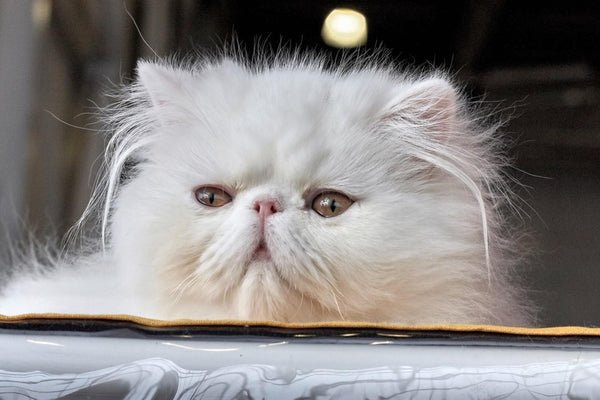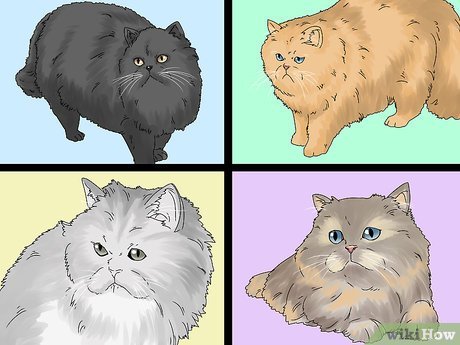Welcome to the wonderful world of Persian cats! If you’ve ever wondered how to determine the age of your beloved Persian feline, this article is here to help. By looking for certain telltale signs such as dental health, eye clarity, and overall physical condition, you can make an educated guess at your kitty’s age. It’s time to become a purr-fect detective and uncover the secrets of your Persian cat’s age!
How to Determine the Age of a Persian Cat
Have you ever looked at a Persian cat and wondered how old they are? Determining a cat’s age can be a bit tricky, especially if you don’t have access to their birth certificate. In this article, we’ll explore the different ways you can estimate the age of a Persian cat based on their physical characteristics and behavior. By the end of this guide, you’ll be able to make an educated guess about how old your feline friend really is.


Observing the Eyes
One way to estimate the age of a Persian cat is by looking at their eyes. Like other animals, cats‘ eyes change as they age. In newborn kittens, the eyes are typically closed until they are around 8-10 days old. After that, they start to open, but they are usually blue at first and will gradually change to their permanent color.
How the eyes look can give an indication of the age of a Persian cat. Young kittens have more round and full eyes, while older cats may develop a haze or cloudiness in their eyes due to conditions like cataracts.
Checking the Teeth
Another way to determine a Persian cat’s age is by looking at their teeth. Kittens start to get their first teeth at around 2-4 weeks old, and by the time they are 6 months old, they usually have their full set of adult teeth. As cats get older, their teeth may start to show signs of wear, discoloration, or decay.
Regular dental care is essential for cats of all ages, so be sure to keep an eye on your Persian cat’s oral health as they grow older. If you notice any issues with their teeth or gums, consult with a vet for proper treatment.
Assessing Muscle Tone and Body Condition
Just like humans, cats undergo physical changes as they age. When trying to estimate the age of a Persian cat, take a close look at their muscle tone and body condition. Young kittens are generally more playful and energetic, and their muscles are firm and well-defined.
As a cat ages, they may start to lose muscle tone and develop a less slender body shape. Older Persian cats might appear less active and have trouble engaging in some activities they used to do easily when they were younger.
Examining the Coat
The coat of a Persian cat can also provide clues about their age. Young kittens typically have soft and fluffy fur that is well-groomed by their mother. As they grow older, their coat may change in texture or color due to factors like aging, diet, or health conditions.
Older Persian cats might have coats that are less vibrant, thinner, or have some signs of matting or shedding. Regular grooming and proper nutrition can help maintain the health and appearance of your cat’s coat as they age.


Looking for Signs of Behavioral Changes
In addition to physical characteristics, keep an eye out for any behavioral changes in your Persian cat that might indicate their age. Young kittens are often curious, playful, and full of energy, while older cats tend to be more relaxed, calm, and less active.
If you notice your Persian cat becoming more lethargic, sleeping more, or showing signs of discomfort while moving around, it could be a sign of age-related changes. Make sure to provide your cat with a comfortable environment and proper care to help them stay happy and healthy as they get older.
How to Estimate Age at Different Life Stages
Estimating the age of a Persian cat becomes easier when you know what to look for at different life stages. Here’s a breakdown of how to determine the age of your feline friend based on specific physical and behavioral characteristics:
Birth to 1 Year:
- Physical Characteristics:
- Kittens have bright eyes, fluffy fur, and rounded body shapes.
- They are playful, energetic, and constantly exploring their surroundings.
- Teeth:
- Kittens start getting their first teeth around 2-4 weeks old, and they are fully grown by the time they are 6 months old.
- Behavior:
- Kittens are curious, playful, and may have bursts of energy throughout the day.
1-7 Years:
- Physical Characteristics:
- Adult cats have developed muscle tone, sleek fur, and a more slender body shape.
- Their eyes are usually clear and bright without any cloudiness or haziness.
- Teeth:
- Adult cats should have healthy teeth without signs of decay or discoloration.
- Behavior:
- Adult cats are generally active, playful, and may spend time grooming themselves or napping.
8+ Years:
- Physical Characteristics:
- Senior cats may have a less defined muscle tone and thinner fur.
- Their eyes might start to show signs of cloudiness or other age-related changes.
- Teeth:
- Older cats may have teeth with wear and tear, discoloration, or signs of dental issues.
- Behavior:
- Senior cats tend to be less active, more relaxed, and may require extra care and attention due to age-related health concerns.


This image is property of cdn.shopify.com.
Consult with a Veterinarian
If you’re still unsure about how old your Persian cat is based on their physical appearance or behavior, don’t hesitate to consult with a veterinarian. Vets have the expertise and tools to accurately determine a cat’s age through methods like dental examinations, X-rays, and overall health assessments.
Your vet can provide valuable insights into your cat’s age and suggest appropriate care and preventive measures based on their life stage. Regular check-ups and screenings are essential for maintaining the health and well-being of your Persian cat as they age.
Conclusion
Estimating the age of a Persian cat can be a fun and rewarding experience that helps you better understand your feline companion. By observing their eyes, teeth, muscle tone, body condition, coat, and behavior, you can make an educated guess about how old your cat is and provide them with the care they need at each life stage.
Remember, every cat is unique, and age-related changes can vary from one individual to another. Pay attention to your Persian cat’s health, behavior, and overall well-being, and be proactive in seeking veterinary advice whenever needed. With proper care and attention, your Persian cat can enjoy a happy and fulfilling life regardless of their age.


This image is property of www.wikihow.com.

